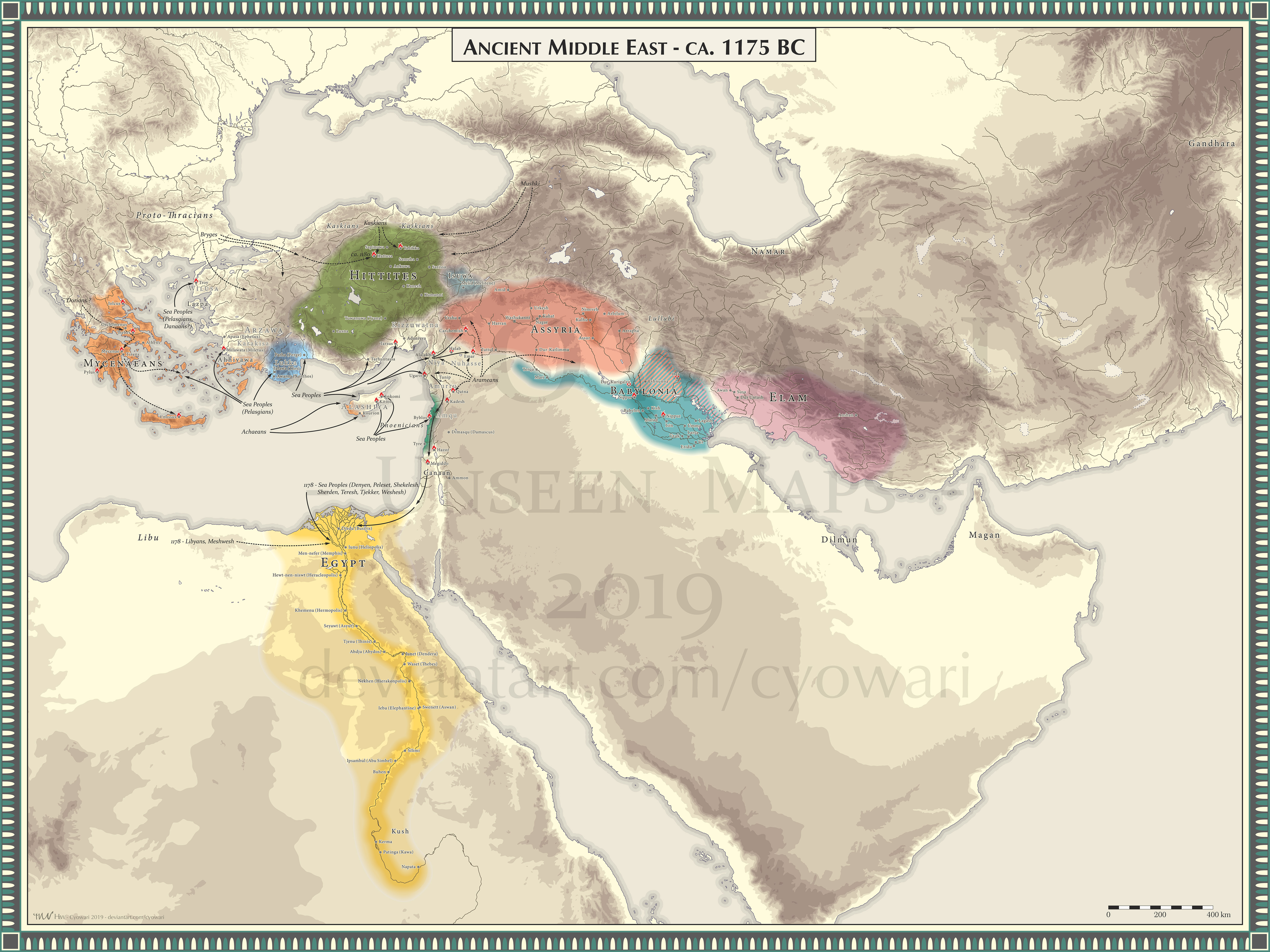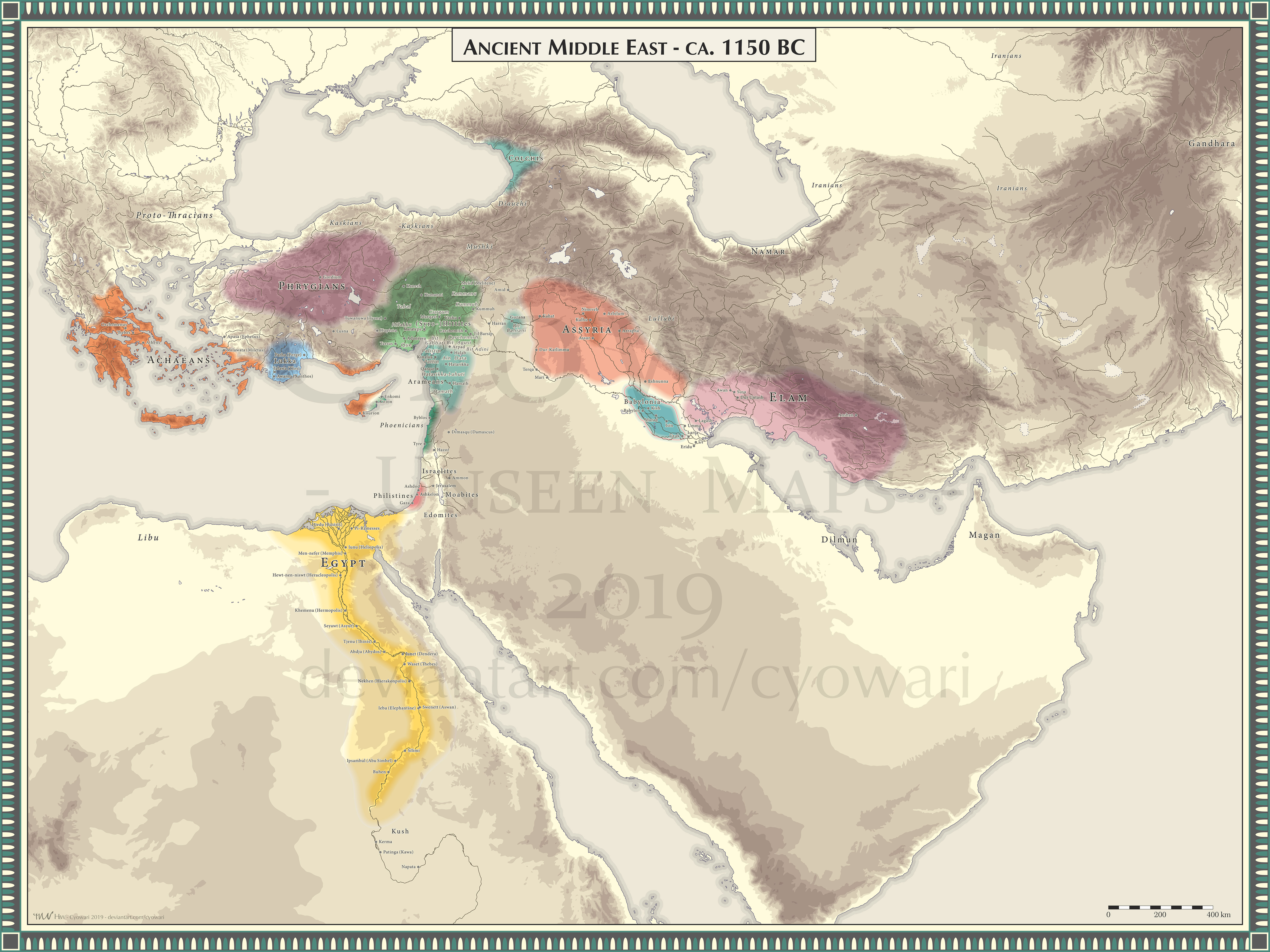Skallagrim
Banned
a scenario that combines two ideas I had, one where all of Europe is the Holy Roman Empire and the other where Europe is populated by speakers of both modern and dead/historic languages and dialects.
Good, good.
a scenario that combines two ideas I had, one where all of Europe is the Holy Roman Empire and the other where Europe is populated by speakers of both modern and dead/historic languages and dialects.
So I've started working on a scenario that combines two ideas I had, one where all of Europe is the Holy Roman Empire and the other where Europe is populated by speakers of both modern and dead/historic languages and dialects. Here's my progress so far:
I haven't organized the key yet (especially for languages). It's the Holy Roman Empire with living and dead languages so it'll obviously be confusing, but I'll create a writeup describing the map when I finish it. This is definitely a work in progress, and I'm open to suggestions. Do you all think there's a good way to approach enclaves and exclaves without making the map unbearably messy? Should I include subdivisions for non-federal larger states?
That name drop. It taunts me. :v
Oooh, that's a really neat map!!
I like it a lot.
The only thing about the scenario I'd suggest changing is James Bertram Brooke's offspring. In OTL, he lived in Scotland, and then formed a family when living in the UK.
ITTL, if the Brooke dynasty is still in power in Sarawak and living there, it's almost certain that James Bertram Brooke would have a different spouse and different children. Indeed it wouldn't at all surprise me at all if he ended up with a spouse from one of the native peoples of Sarawak, and possibly giving indigenous names to his children.
World Map, 2019 - Liberty and Honor

FEATURES:
- United States had annexed Canada after the War of 1812
- Gran Colombia may include Peru and Bolivia as well as Atacama Region.
- Argentina with Chile, Uruguay, Paraguay, and Southern part of Brazil becomes British dominion.
- Australasia with New Zealand but excluding West Australia.
- Brazil without the northern parts since the French, British, and Dutch had colonized the northern part which eventually splits up with the independent Grao-Para.
- Confederate States would have continuously existed.
- Ireland would likely to remain part of the United Kingdom due to successful passage of Irish Home Rule Act.
- Belgium would have like never existed as French and Dutch-speaking parts are part of the respective countries.
Ok, I'll stop this post manipulation.
I think it will be a solo project.I will cooperate!

Very cool scenario and map, which makes me wonder why this didn't happen in OTL despite all the colonialism that was happening at the time.The history of the Templar Republic of Sinai goes back to the middle of the 19th century. ...

If you're talking about the "Eclipse" stuff, seems to be optional. Hopefully it stays that way, unlike YouTube when they changed formats.Huh. Deviantart seems to be massively changing their format all of a sudden.
If you're talking about the "Eclipse" stuff, seems to be optional. Hopefully it stays that way, unlike YouTube when they changed formats.
What does "interneer" mean btw?Templar Republic of Sinai
All uncontacted tribes ISOTed to Virgin Earth



snip